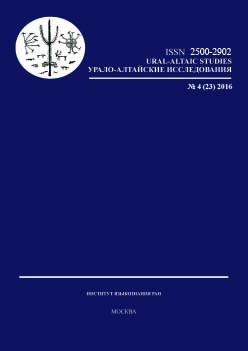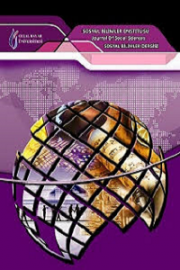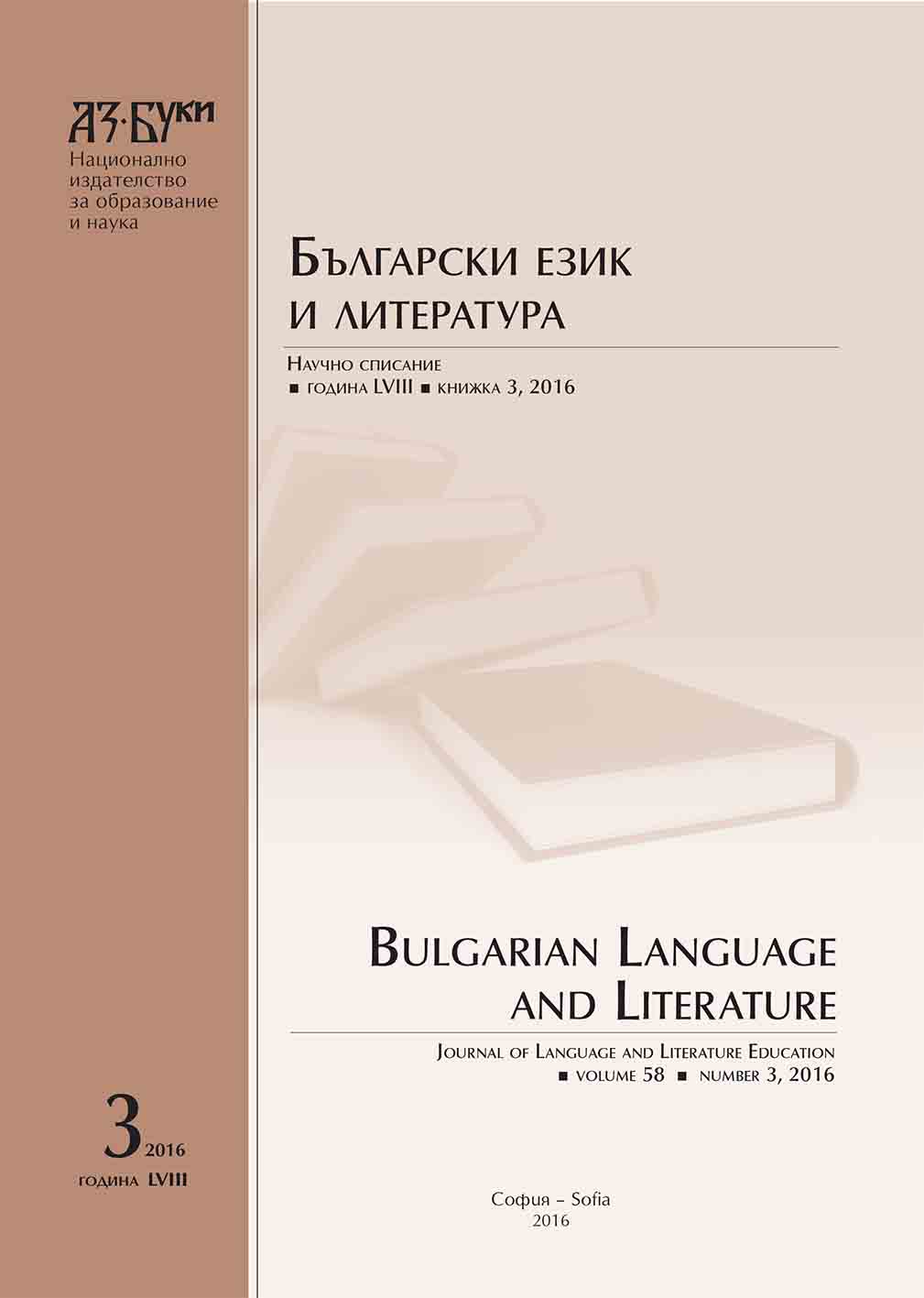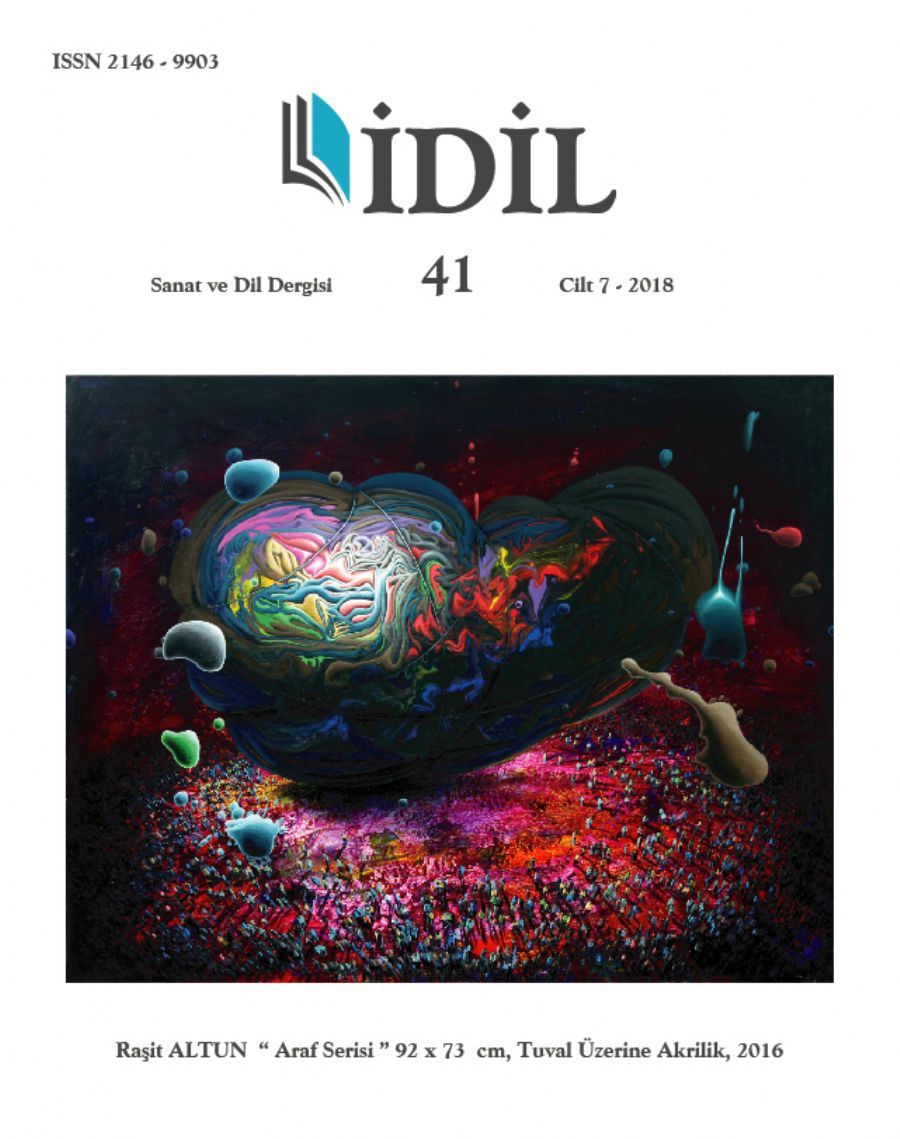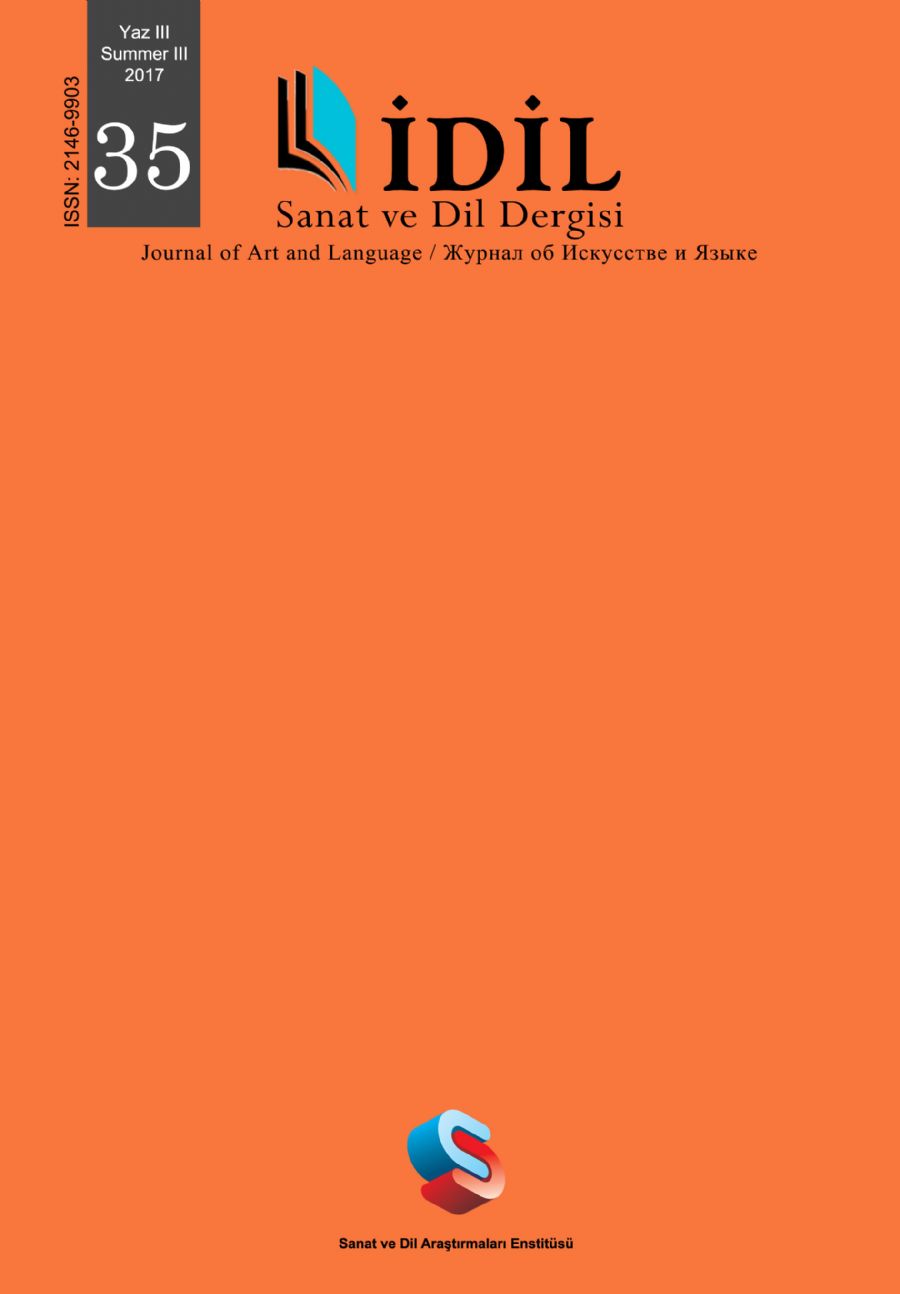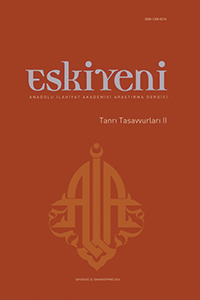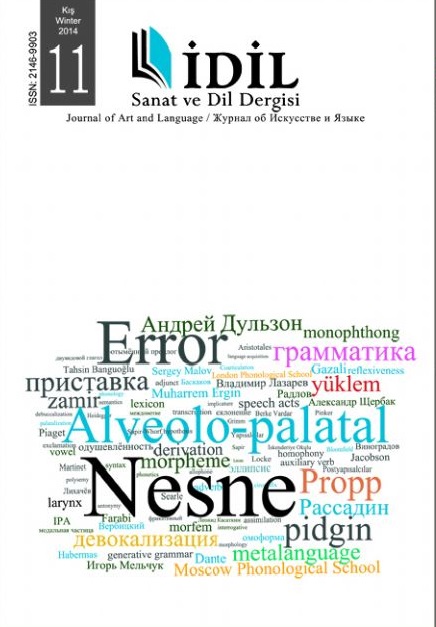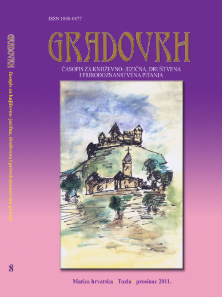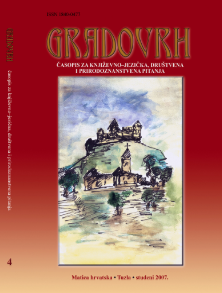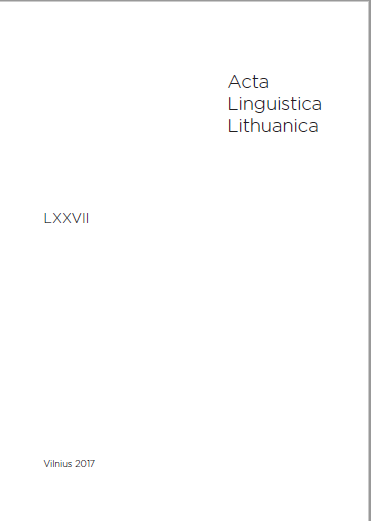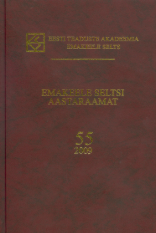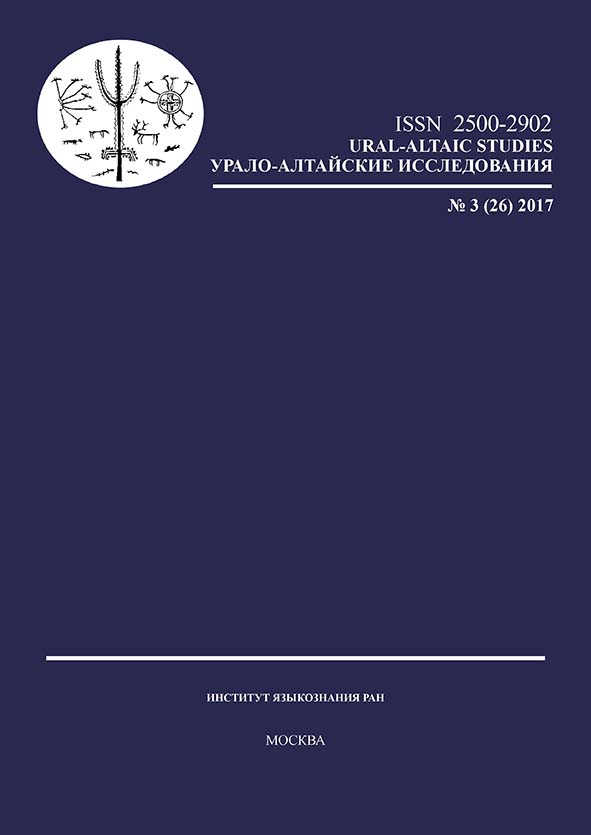
Языковой памятник говора сергачских мишарей: текст исповеди XIX века
Studying a translated missionary monument ― a confession written in the folk-spoken language of Sergach Mishars in the later half of the 19th century ― is of great interest for comparison with modern spoken and literary Tatar language. This test, being a linguistic monument of the dialect of the Sergach Mishars, contains extensive material on the spoken language, which has sound correspondences with contemporary dialects of the Tatar language; ancient dialectic relations can be traced through it, as well. The article aims to obtain new information about the Mishar dialect system of that period using the translated text. Our research allows to introduce factual areagraphic material into scientific use, and thus promotes a more complete study of the centuries-old history and culture of the nation in their local performances.
More...
